The Science of Speed:
At its core, running is a complex interplay of physiology and biomechanics. Our ability to generate speed is governed by factors such as muscle strength, aerobic capacity, stride length, and stride frequency. The fastest recorded human running speed, achieved by Usain Bolt during his world-record 100-meter sprint, clocked in at an astonishing 27.8 miles per hour (44.7 kilometers per hour). However, this exceptional feat represents the pinnacle of human performance and is not achievable for the average person.
The average human running speed varies widely depending on factors such as age, gender, fitness level, and training background. According to research, the average adult running speed ranges from 5 to 8 miles per hour (8 to 13 kilometers per hour) for a leisurely jog, while elite athletes can sustain speeds of over 12 miles per hour (19 kilometers per hour) in longer distance races.
Training and Technique:
Improving running speed requires a combination of proper training, technique refinement, and conditioning. Endurance training, such as long-distance running, helps improve aerobic capacity and stamina, allowing runners to sustain higher speeds for longer durations. Interval training, which involves alternating between high-intensity sprints and recovery periods, is particularly effective for boosting speed and anaerobic performance.
In addition to training, proper running technique plays a crucial role in maximizing speed and efficiency. Factors such as posture, arm swing, foot strike, and stride length all contribute to running efficiency. Investing in quality running shoes tailored to your foot type and gait can also enhance comfort and reduce the risk of injury, whether you're on the track or the treadmill.
The Role of Technology:
Advancements in technology have revolutionized the way we train and track our running performance. Treadmills, such as WELLFIT treadmills and ProForm treadmills, offer versatile indoor training options regardless of weather or terrain conditions. Features like adjustable incline, preset workouts, and interactive interfaces provide users with customizable training experiences tailored to their goals and fitness levels.
For those looking to incorporate physical activity into their daily routine, under desk treadmills and desk treadmills offer convenient solutions for staying active while working or studying. These compact and foldable treadmills provide a low-impact way to sneak in extra steps throughout the day, promoting better health and productivity.
In the quest to unlock human potential, the question of how fast we can run continues to captivate our imagination. While individual speed limits may vary, the pursuit of personal improvement and athletic excellence remains a timeless endeavor. Whether you're a seasoned athlete striving for peak performance or a recreational runner aiming to stay fit and healthy, understanding the science of speed and harnessing the power of technology can help you reach your running goals. With the right training, technique, and equipment, the possibilities for pushing the boundaries of human performance are limitless. Explore our range of treadmills for sale, including WELLFIT treadmills, ProForm treadmills, and innovative options like under desk treadmills, to elevate your running experience and unleash your full potential.




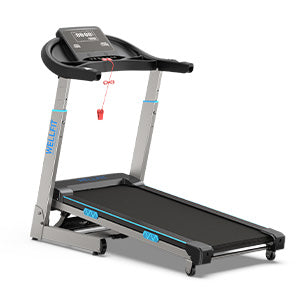
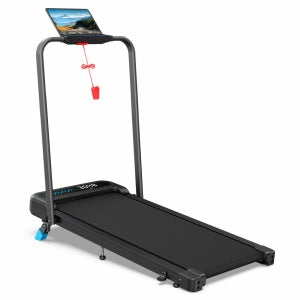
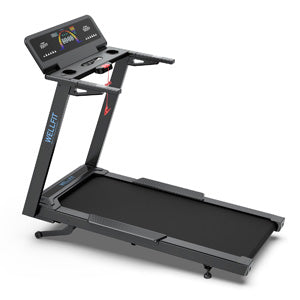
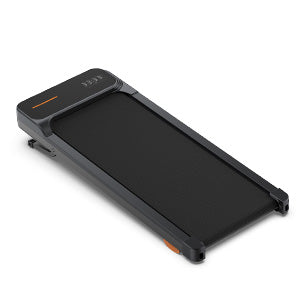
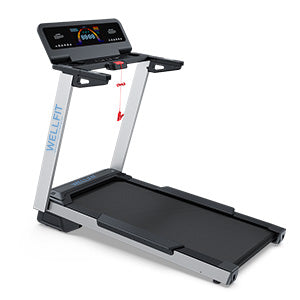
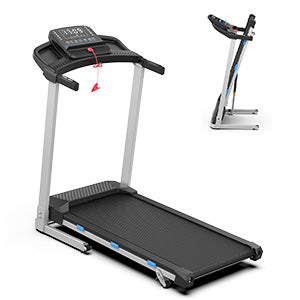
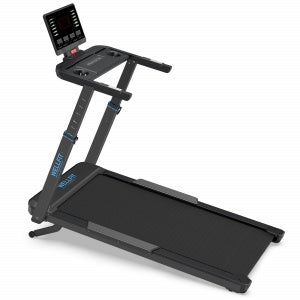
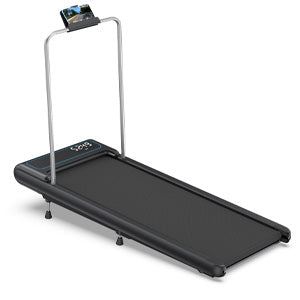
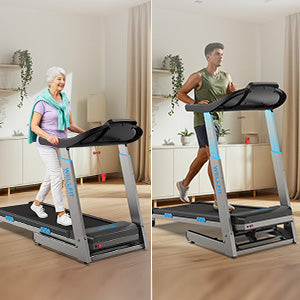
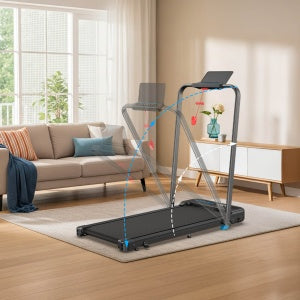

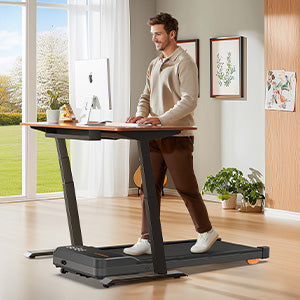
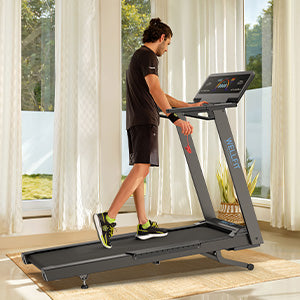
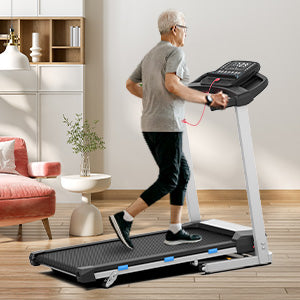

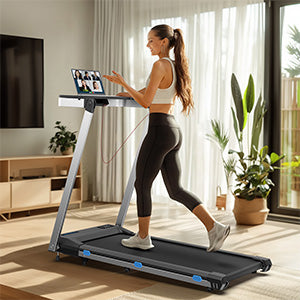




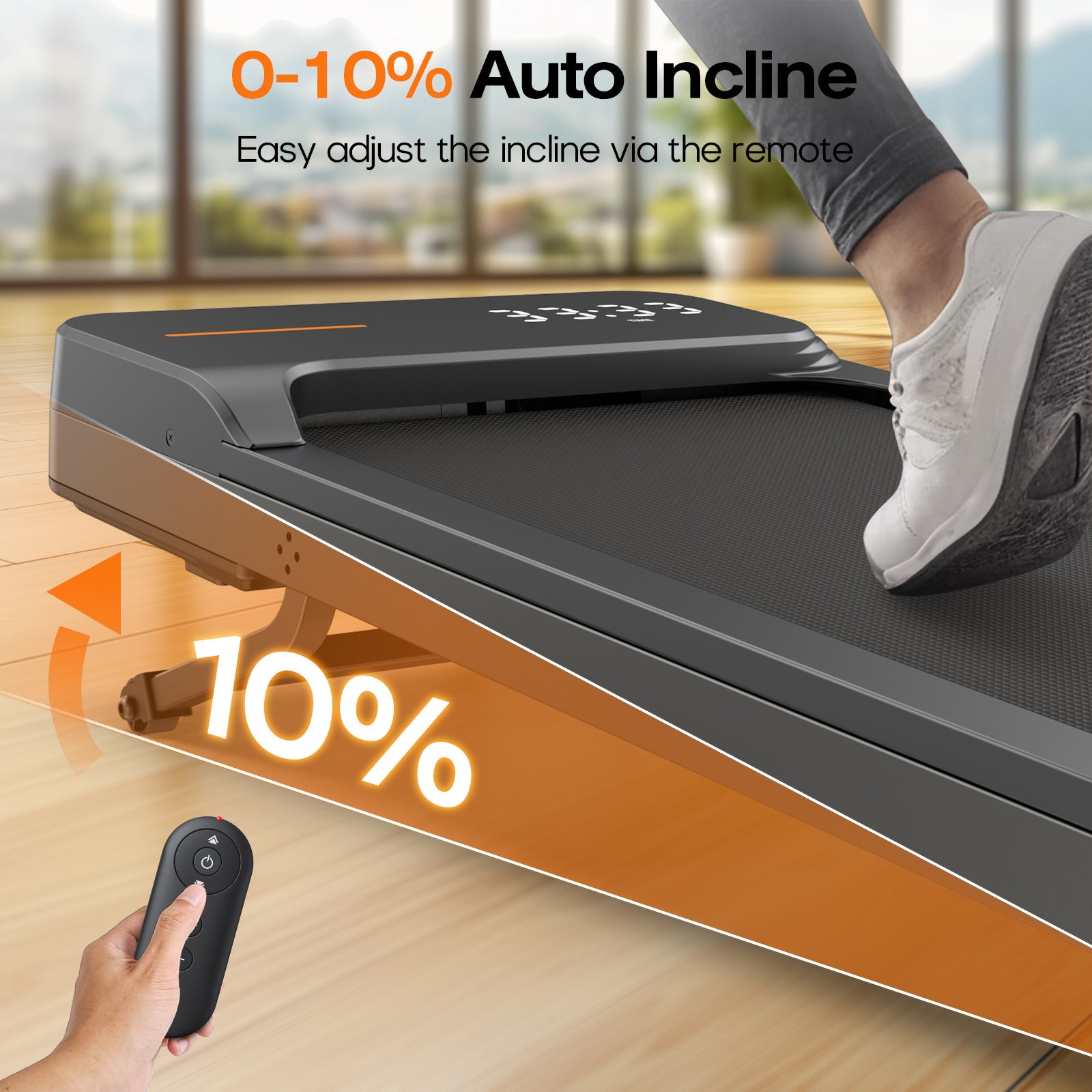
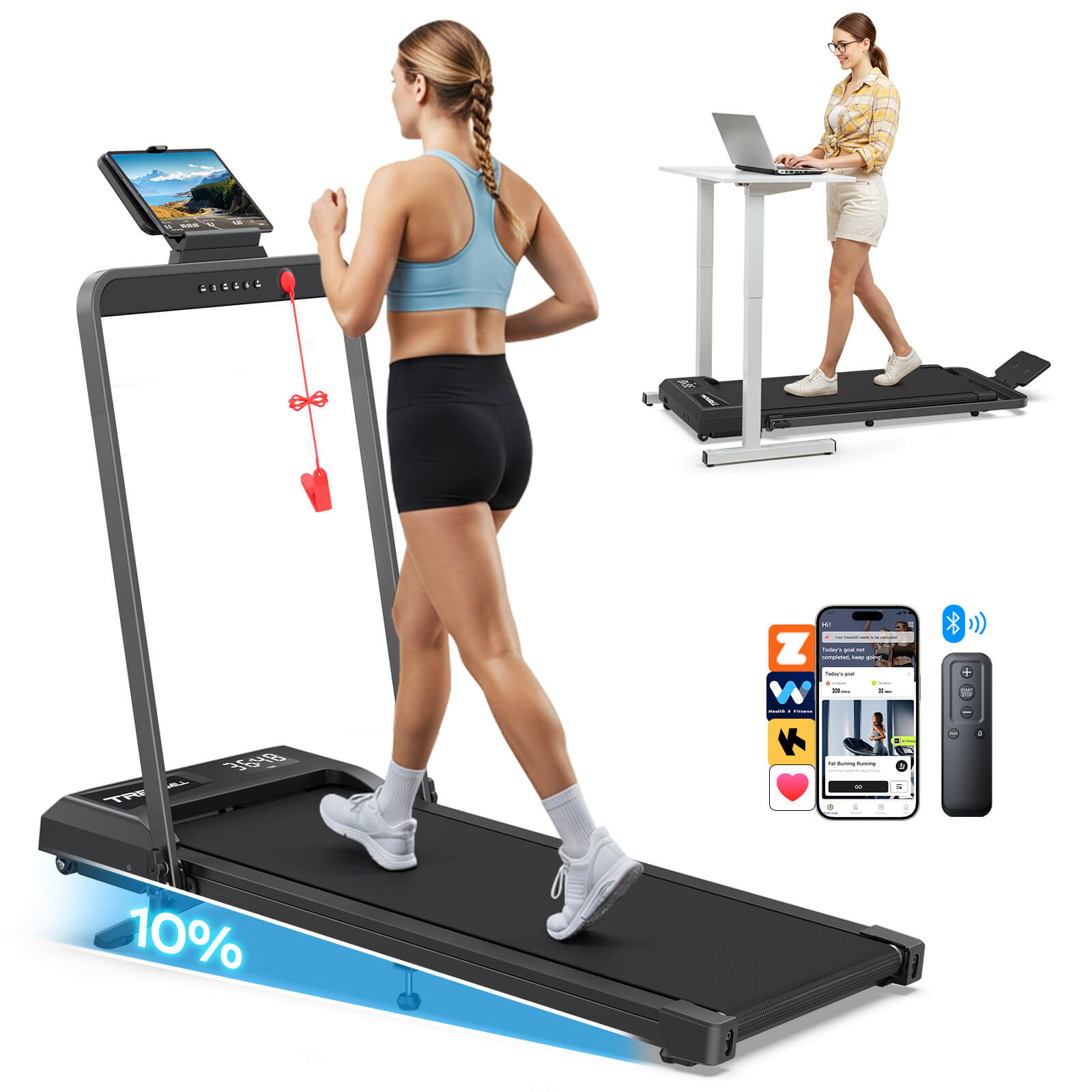
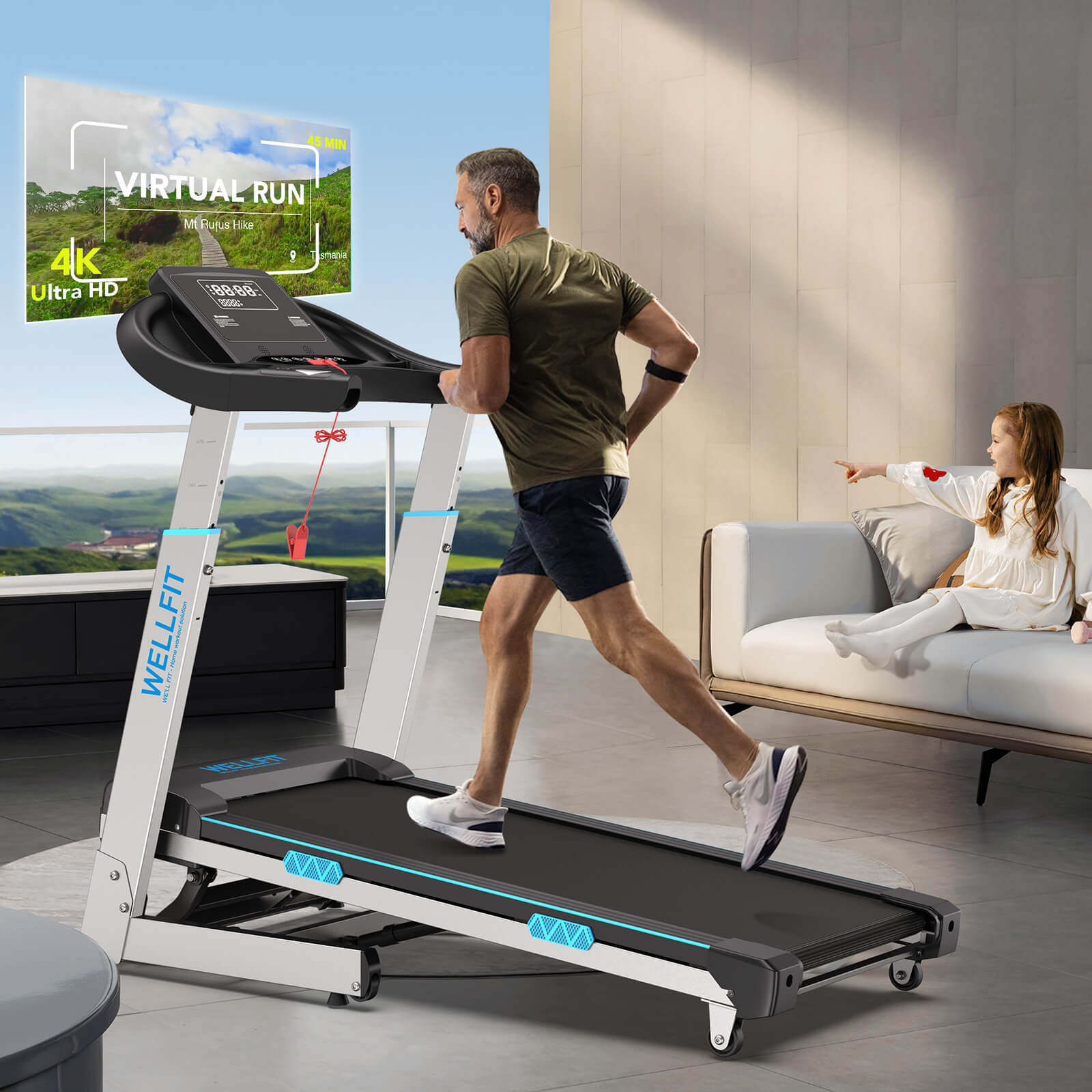
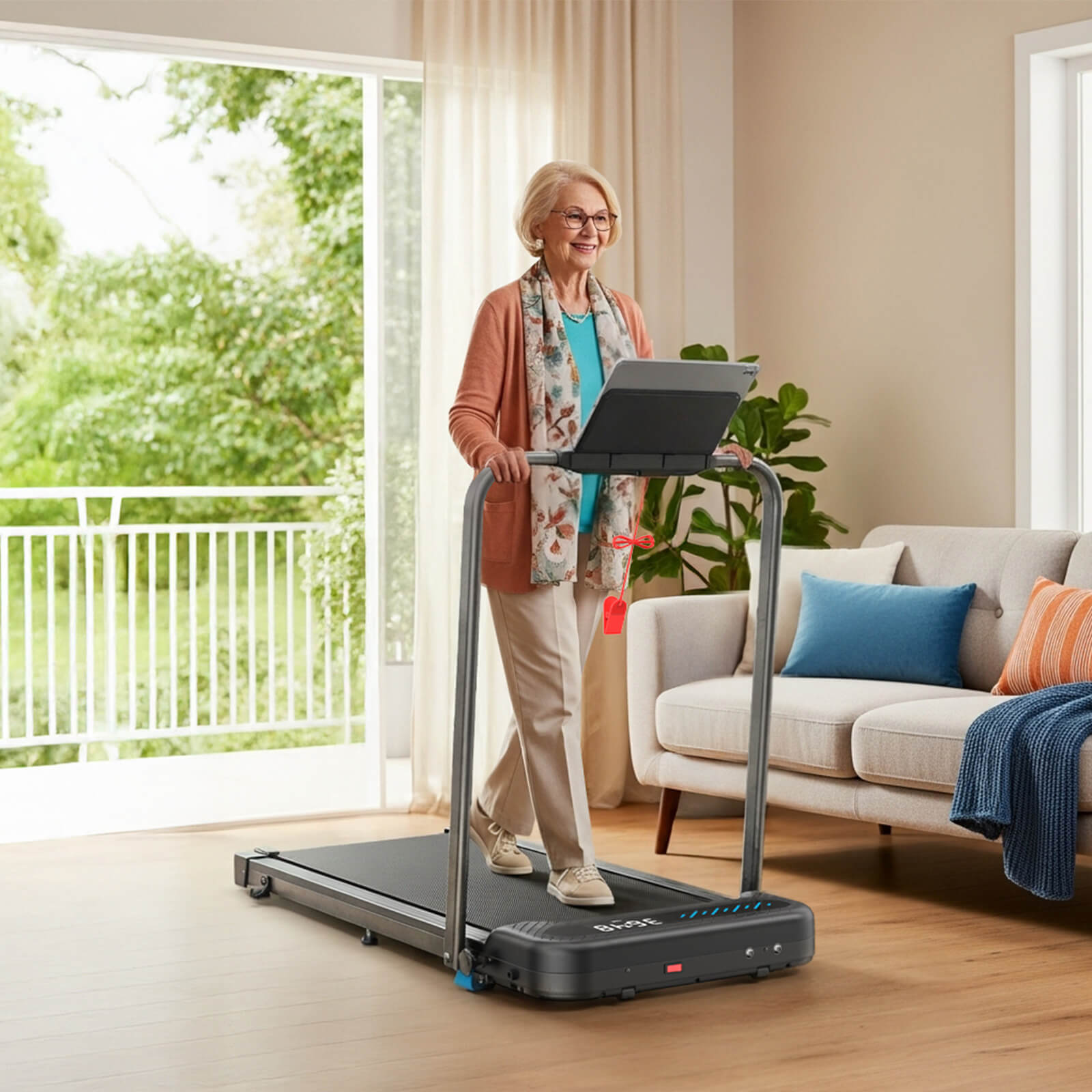








Leave a comment
This site is protected by hCaptcha and the hCaptcha Privacy Policy and Terms of Service apply.